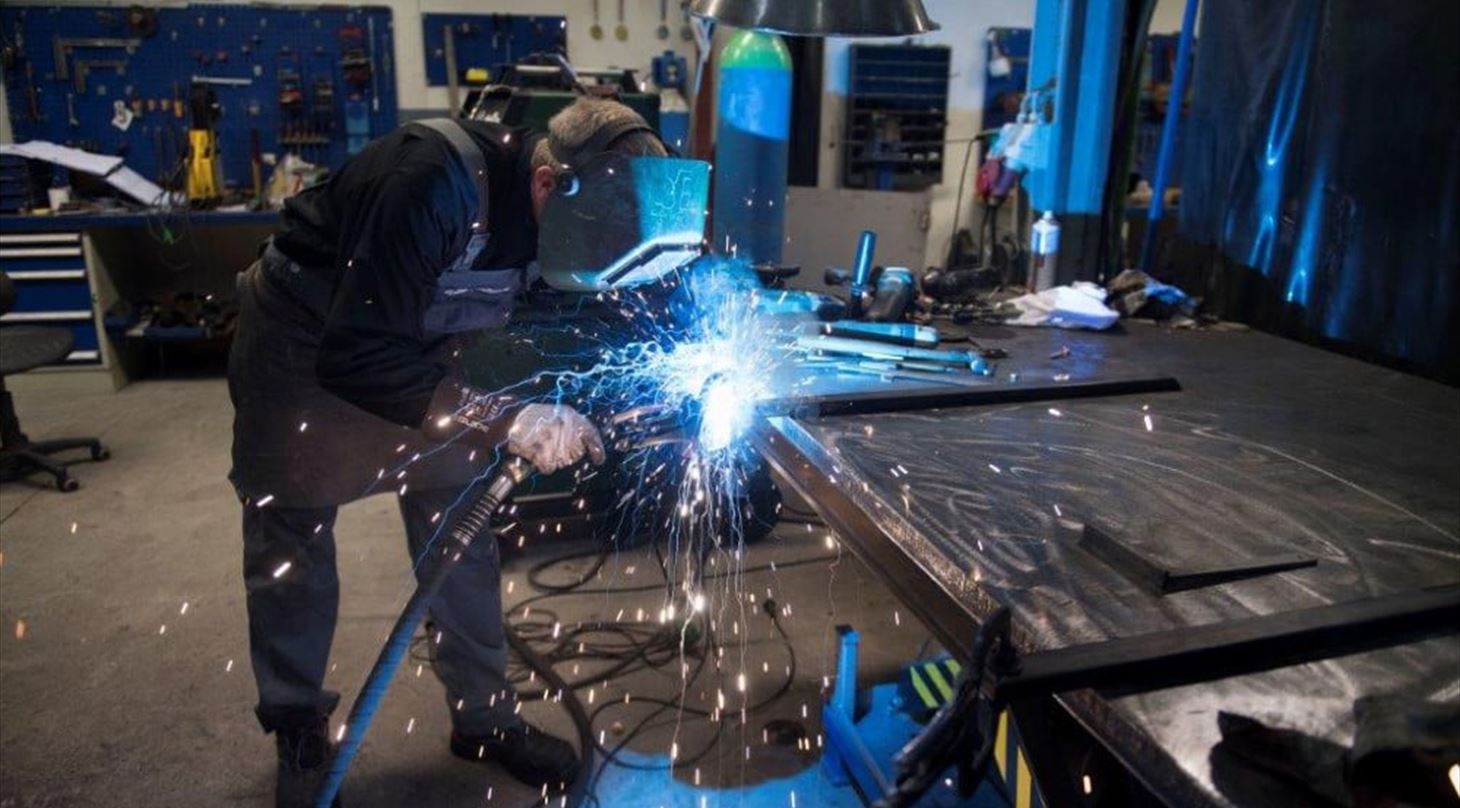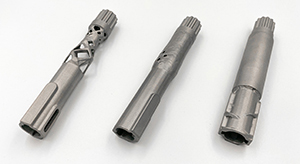
Serman & Tipsmark investigated possibilities for 3D printing of hydraulic components
Serman & Tipsmark works with hydraulics and makes test systems for hydraulic components. Here, they saw a potential for optimizing various components with 3D printing, and this was investigated in more detail in the design optimization course, DfAM, which is initiated by Danish AM Hub.
With the help of the Danish Technological Institute, the company looked at two possible parts for 3D printing - a palette and a 'key'. It turned out that the costs of 3D printing the palette were probably too high, so they went ahead with the key.
 The key is constructed in such a way that there is a so-called spline at one end, and at the other end there is a hole with a groove - so a relatively complex item that takes some time to process.
The key is constructed in such a way that there is a so-called spline at one end, and at the other end there is a hole with a groove - so a relatively complex item that takes some time to process.
3D printing reduced delivery time
The potential gains for Serman & Tipsmark by having the key 3D printed include time, as the production time is approximately half by getting it 3D printed compared to conventional machining. There is also a gain in terms of reduced weight, and while it is not critical to this part, it does matter because if you save material, the cost of 3D printing will be lower. Various key design iterations were made, and they ended up with a weight reduction of up to 79% if they used titanium - and if they used aluminum, the price could be as much as 32% lower than conventional manufacturing.
In the video below, we hear more about Serman & Tipsmark's experiences with 3D printing.We chose to participate in this course because we have many projects where there are only a few pieces of each part. The potential is that we might be able to optimize weight. So if it's a hydraulic block, maybe we can do some flow optimization and make some smaller parts than we usually do
- Rune Simonsen, Serman & Tipsmark
About the DfAM course
During 2022, Danish AM Hub, in collaboration with the partners Danish Technological Institute, PLM Group, Hexagon and Wikifactory, has taken 15 Danish SMEs through a new innovation course with the aim of strengthening the companies to benefit even more from the technological and business potential within 3D printing. The course is called Design for Additive Manufacturing (or DfAM) and focuses on rolling out 3D printing to small and medium-sized companies as well as providing concrete support and help to work with the technology through design. The specific aim of the DfAM course is to re-design the participants' products or components, thus enabling these to be produced e.g. with greater strength, less material waste, new and better functionality, and on-demand.